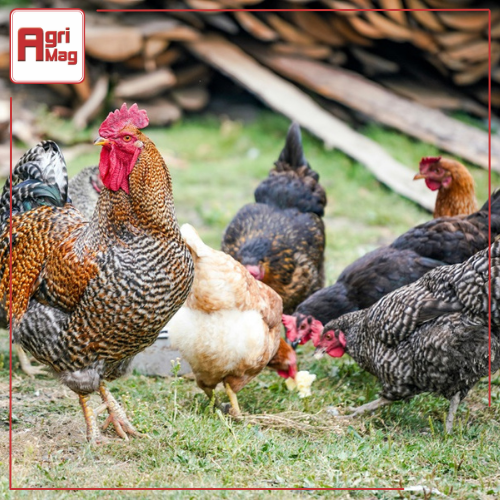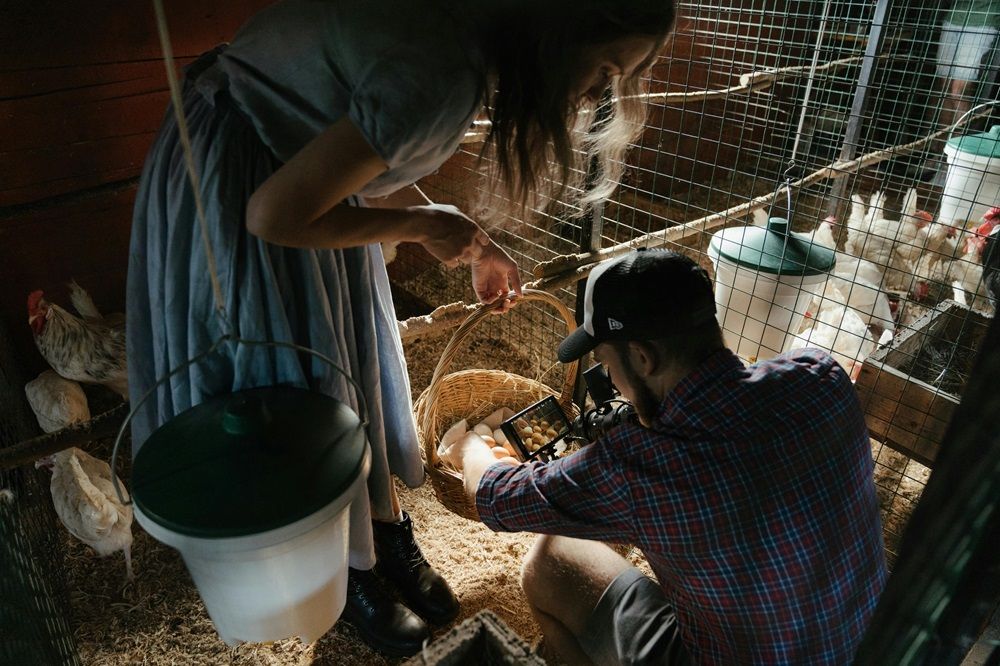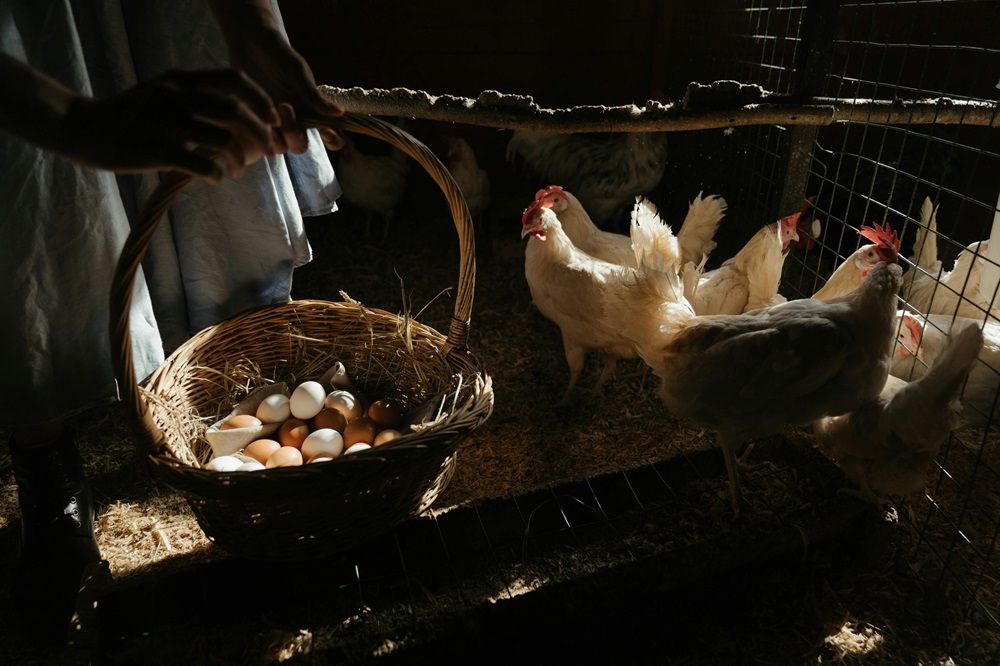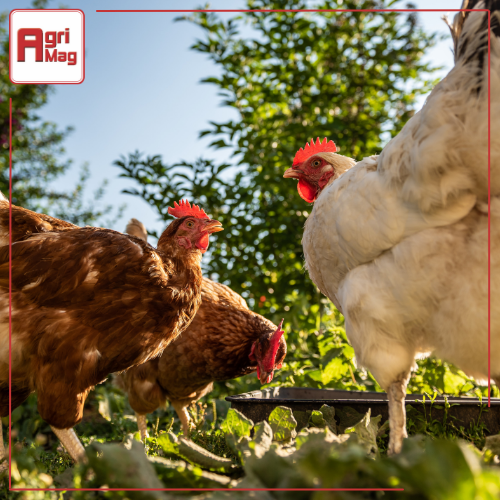
The Role of Technology and Innovation in Modern Poultry Farming
Date: 12/07/2022
One could ask, what is the role that technology and innovation play in modern poultry farming? In today's fast-paced world, the agricultural sector, especially chicken farming, has seen significant advancements thanks to technology and innovation. This evolution is particularly notable in the South African context, where the poultry industry is a crucial part of the agricultural sector. From automated feeding systems to sophisticated climate control, technology and innovation are at the forefront of transforming poultry farm into a more efficient, sustainable, and profitable industry. We will be looking into the role played by technology and innovation in modern poultry farming. Interested in livestock, wildlife, and poultry? Visit AgriMag to see the listings.
 Photo by cottonbro studio on Pexels
Photo by cottonbro studio on Pexels
The Advent of Precision Agriculture
Precision agriculture has revolutionised how poultry farms operate, optimising every aspect of production. By integrating GPS technology, IoT devices, and data analytics, farmers can now monitor and adjust their operations in real-time. This not only enhances the efficiency of resource use, such as feed, water, and energy, but also ensures that the environmental impact is minimised. The precise management of flock health and welfare through constant monitoring has significantly improved productivity and reduced mortality rates.
Innovations in Feeding Systems
Innovative feeding systems have taken center stage in modern chicken farming, ensuring that birds receive a balanced diet tailored to their specific needs at various growth stages. Automated feeders equipped with sensors can adjust the quantity and type of feed, minimising waste and promoting optimal growth. This technology also supports the practice of precision feeding, which plays a critical role in enhancing feed conversion ratios and reducing the environmental footprint of poultry production.
Health Monitoring and Disease Control
Technology has introduced sophisticated methods for health monitoring and disease control in poultry farming. Wearable sensors and environmental monitoring devices collect data on the birds' health, detecting early signs of disease or distress. This proactive approach allows for timely interventions, reducing the reliance on antibiotics and enhancing flock welfare. Moreover, advancements in vaccine development and delivery methods have fortified disease prevention strategies, safeguarding both poultry and public health.
Enhancing Biosecurity Measures
Biosecurity is paramount in preventing the spread of diseases within and between poultry farms. Technology and innovation have led to the development of advanced biosecurity measures, including automated disinfection systems and air filtration technologies. These solutions significantly reduce the risk of pathogen entry and ensure a sanitary environment for the poultry, ultimately supporting the sustainability of farming operations.
The Rise of Smart Farming
Smart farming technologies, encompassing automation, artificial intelligence (AI), and machine learning, are at the forefront of transforming poultry farming into a highly efficient and data-driven industry. Automated climate control systems ensure optimal conditions within poultry houses, while AI-driven analytics provide insights for improving productivity and animal welfare. The integration of these technologies enables a holistic approach to farm management, where decision-making is informed by accurate and timely data.
Sustainability and Environmental Stewardship
The commitment to sustainability and environmental stewardship is driving innovation in chicken farming. Technologies that reduce water usage, lower greenhouse gas emissions, and recycle waste products are increasingly adopted. These environmentally friendly practices not only align with global sustainability goals but also improve the profitability and public perception of poultry farming businesses.
 Photo by cottonbro studio on Pexels
Photo by cottonbro studio on Pexels
Overcoming Challenges and Embracing Opportunities
While the integration of technology and innovation brings numerous benefits to modern poultry farming in South Africa, it also presents challenges that need to be addressed. One significant obstacle is the digital divide, particularly among smallholder farmers who may lack access to the necessary infrastructure and resources. Bridging this gap requires targeted interventions, such as providing training and financial assistance to enable farmers to adopt new technologies effectively.
Furthermore, the high initial costs associated with implementing advanced systems can be prohibitive for some farmers. However, there are initiatives underway to make these technologies more accessible, including subsidies and financing schemes. Additionally, collaboration between government, private sector stakeholders, and research institutions is essential for driving innovation and reducing costs through economies of scale.
Embracing Precision Agriculture for Sustainable Growth
Precision agriculture, enabled by technology and innovation, holds the key to sustainable growth in the poultry farming sector. By leveraging data analytics, farmers can optimise resource use, minimise waste, and reduce environmental impact. For example, precision feeding systems deliver the right amount of feed to each bird based on their individual needs, thereby improving feed efficiency and reducing costs.
Moreover, the adoption of renewable energy sources such as solar power can further enhance sustainability by reducing reliance on fossil fuels and lowering carbon emissions. These innovative solutions not only benefit the environment but also contribute to cost savings and long-term viability for poultry farmers.
The Importance of Continuous Learning and Adaptation
In the rapidly evolving landscape of modern agriculture, continuous learning and adaptation are essential for staying competitive. Farmers must be willing to embrace new technologies and techniques, as well as stay informed about industry trends and best practices. Agricultural extension services play a crucial role in providing farmers with the knowledge and support they need to succeed in a changing environment.
Additionally, fostering a culture of innovation and entrepreneurship within the poultry farming community can spur further advancements in technology and practices. By encouraging collaboration and knowledge sharing, farmers can collectively address challenges and seize opportunities for growth and improvement.
The role of technology and innovation in modern poultry farming is profound, offering solutions that enhance productivity, ensure animal welfare, and promote environmental sustainability. As the South African poultry industry continues to embrace these advancements, it sets a precedent for the global agricultural sector. The future of this types of farming lies in the hands of technology and innovation, promising a more efficient, humane, and sustainable industry. Interested in livestock, wildlife, and poultry? To view the listings, go to AgriMag.
Categories:
Common category
Category Search:
Latest articles:

Choosing the Right Breed for South African Climates

Managing Livestock Health in Drought Conditions: Tips for Farmers

Embracing Organic Farming in South Africa: Minimal Resources

